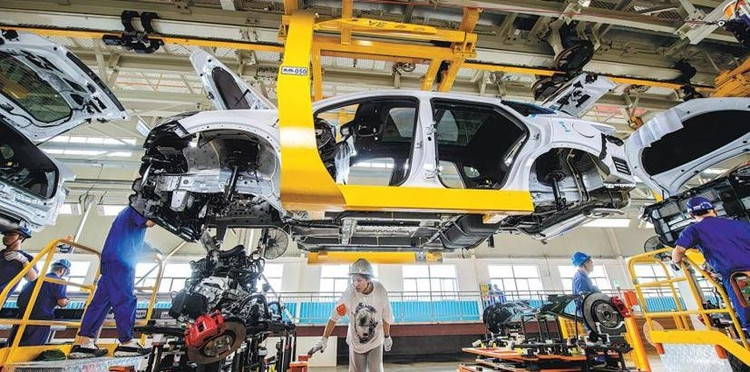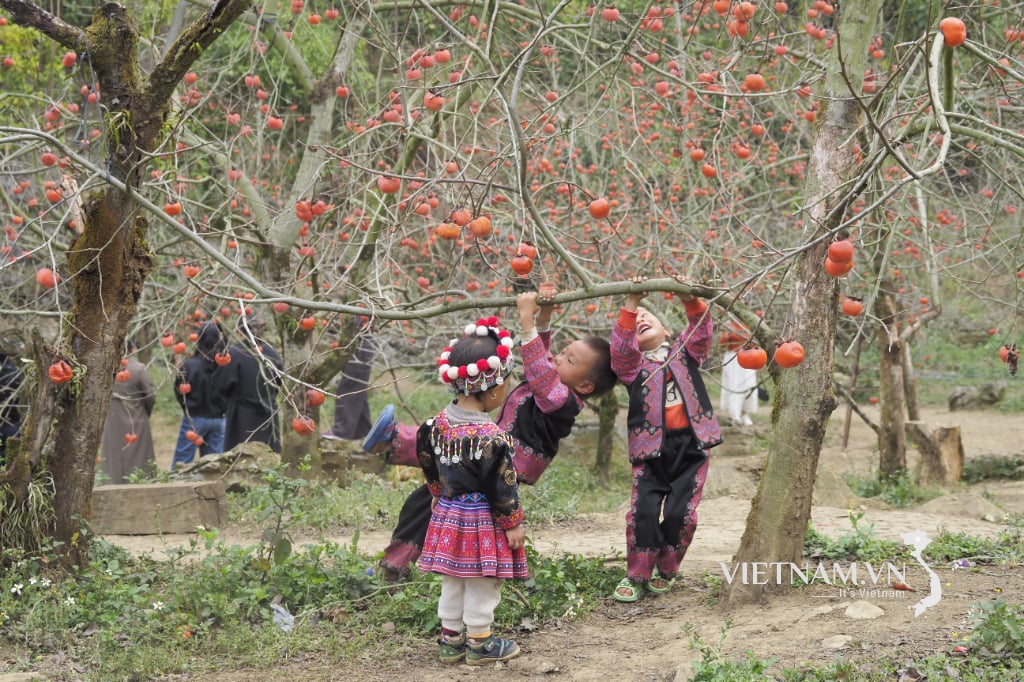With the proportion of domestically produced components only reaching 7–10% for personal vehicles, the target of increasing it to 45–55% by 2025–2030 is posing many challenges. However, VinFast ’s initial success with 60% localization has opened up a promising direction.

This is not just a story about cost or technology, but also a strategic problem to help Vietnam master the automobile industry, reduce dependence, increase competitiveness and protect the supply chain from all global fluctuations.
The story of Vietnam's auto industry
In the period when the Vietnamese automobile industry is increasingly integrating deeply into the global supply chain, the story of localization is no longer a concept to be discussed, but it has become a strategy that must be implemented, if the Vietnamese automobile industry does not want to be "dependent" on foreign countries forever.

The government 's goal is to increase the localization rate to 45–55% by 2025–2030, but it has only reached about 7–10% for personal vehicles. In contrast, VinFast has achieved 60% localization for electric vehicles and aims for 84% by 2026, showing huge potential, but will also face countless difficulties and challenges.
According to data compiled from reports by the Ministry of Industry and Trade and the VAMA Association, importing components from abroad often incurs 15–25% of costs due to taxes, transportation and warehousing. When components are produced domestically, costs can be reduced by 20–30%, making vehicle and spare part prices more competitive. At the same time, businesses are no longer overly dependent on foreign currencies, reducing risks when exchange rates fluctuate. Domestic components also allow for flexible production adjustments, avoiding "out of stock" or excessive inventory.

Importing components from abroad will also take longer, even longer if there are logistics problems. Meanwhile, domestic components can reach the dealer in a few days or hours if available. For example, VinFast only needs 2-3 days to replace spare parts, while imported cars have to wait 10-15 days or even longer.
Furthermore, in the context of global supply chain disruption, complete dependence on imported components can easily cause factories to “temporarily stop operating”. When the localization rate reaches over 60%, businesses can proactively source supplies, reducing the risk of disruption and emergency costs such as air freight. Domestic supply chains are also more flexible when sudden adjustments are needed.

And with complete dependence on imported components, businesses and consumers are also very vulnerable to political fluctuations, embargoes or geopolitical conflicts of interest. In fact, after Russia launched its campaign in Ukraine, many customers using Western brands' cars were in a situation where their cars were broken but there were no spare parts to replace them, or they had to pay very high prices due to the cut-off of supply. This is proof that "production autonomy" not only helps reduce costs and increase competitiveness, but also protects the supply chain from geopolitical risks and ensures customer benefits.
Localization also helps manufacturers proactively stock components, only ordering the necessary level, optimizing cash flow and limiting inventory. Furthermore, when mastering a large part of the components, businesses can develop customized vehicle versions suitable for the Vietnamese market (for example, suspension or air conditioning are adjusted for terrain and climate conditions). Reducing the proportion of imported parts also limits cost fluctuations when foreign exchange rates change. This is a factor that stabilizes the financial situation of businesses, and more deeply helps the Vietnamese economy not to "bleed" foreign currency.
Opportunities for ancillary companies
VinFast’s commitment to purchase helps supporting businesses feel secure in investing in upgrading production lines and applying stricter international standards. When cooperating with “giants” such as Bosch, Denso, Aisin, etc., these companies have the opportunity to learn advanced production processes, quality management and professional operations. From there, domestic capacity is rapidly improved, similar to the “learning and doing” period of Japan and China in the last century, when Western brands jumped into joint venture production. This not only creates a strong supply chain, but also lays the foundation for Vietnamese supporting businesses to compete globally.

Localization of Vietnam’s automobile industry is not just a number on the report but the “backbone” for reducing costs, proactively sourcing supplies and improving user experience. Although it has only reached 7-10% at present, the target of 40-45% by 2025 and 50-55% by 2030 requires great efforts from the government and businesses.
VinFast's leadership in achieving a localization rate of up to 60% by 2024 and aiming for 84% by 2026 shows that this is a very correct and feasible direction. When preferential policies, infrastructure, international cooperation and human resources are synchronized, localization will become the driving force to help the Vietnamese automobile industry become strong, ready to conquer regional and global markets.
Source: https://khoahocdoisong.vn/nganh-cong-nghiep-oto-viet-nam-phai-tu-chu-va-noi-dia-hoa-post1545484.html































































































Comment (0)